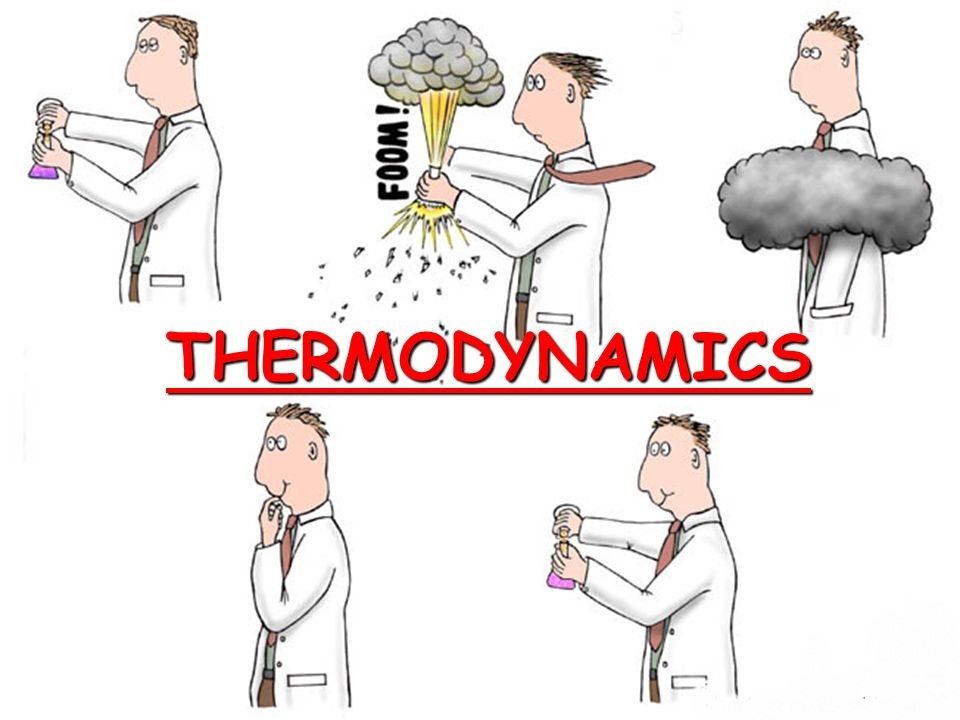Acetic acid

source: www.docbrown.info
Acetic acid-Manufacture :
a) From calcium carbide or modern synthetic method :
Calcium carbide (CaC2) is treated with water to produce acetylene (C2H2), which is converted to acetaldehyde (CH3CHO) by passing through 42% H2SO4 at 600C in the presence of 1% HgSO4. Acetaldehyde is oxidized to acetic acid by air under pressure in presence of vanadium pentaoxide (V2O5) catalyst.

b) From C2H5OH (Quick vinegar process) :
Vinegar is 6-10 % aqueous solution of acetic acid. It is obtained by the fermentation of 12-15% ethyl alcohol solution. Fermentation is done by mycoderma aceti bacteria in presence of air at 30-350C.
CH3CH2OH + O2 ——–> CH3COOH + H2O

source:Tutorvista.com
Large wooden vat fitted with a perforated cover and bottom used. These are filled with wooden shavings wetted with old vinegar (old vinegar contains mycoderma aceti bacteria). Dilute alcoholic solution is allowed to trickle down through the shavings. Air enters through the holes near the bottom. The heat generated in the oxidation of alcohol to acetic acid maintains the temperature at 350C . The dilute acid solution obtained from vat is allowed to trickle from the tops till 8-10 % solution is obtained.
Precautions:
a) The concentration of ethyl alcohol should not be more than 15%, otherwise bacteria becomes inactive.
b) The supply of air should be regulated.
c) The flow of alcohol is so regulated that temperature does not exceed 350C which is optimum temperature for bacterial growth.
Physical properties :
a) It is colorless, corrosive liquid with a sharp pungent odor of vinegar.
b) It has a sour taste.
c) It boils at 1180C.
d) It is miscible with water.
Glacial Acetic acid-
Anhydrous acetic acid (99.8% pure) is called glacial acetic acid because it solidifies below room temperature, at 16.7°C.
Uses :
1. As a solvent and a laboratory reagent.
2. As vinegar.
3. For making various organic compounds such as acetone, acetamide etc.
4. For making various dyestuff’, perfumes and medicine.

source: SlidePlayer
Test :
1. Its aqueous solution turns blue litmus red.
2. Its aqueous solution gives effervescence with Sodium bicarbonate.
3. The neutral solution of the acetic acid gives a wine-red color with neutral FeCl3.
4. Acetic acid does not reduce tollens reagent , fehling’s solution and mercuric chloride.







